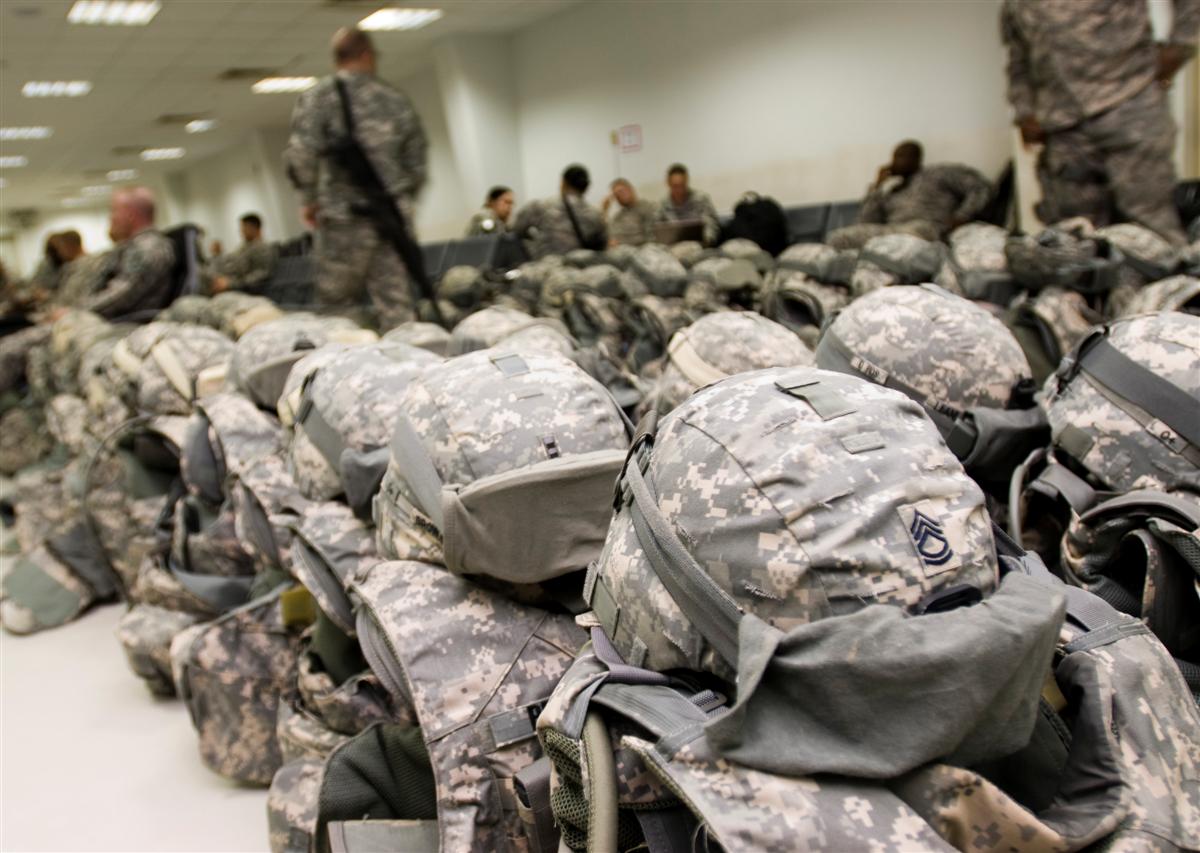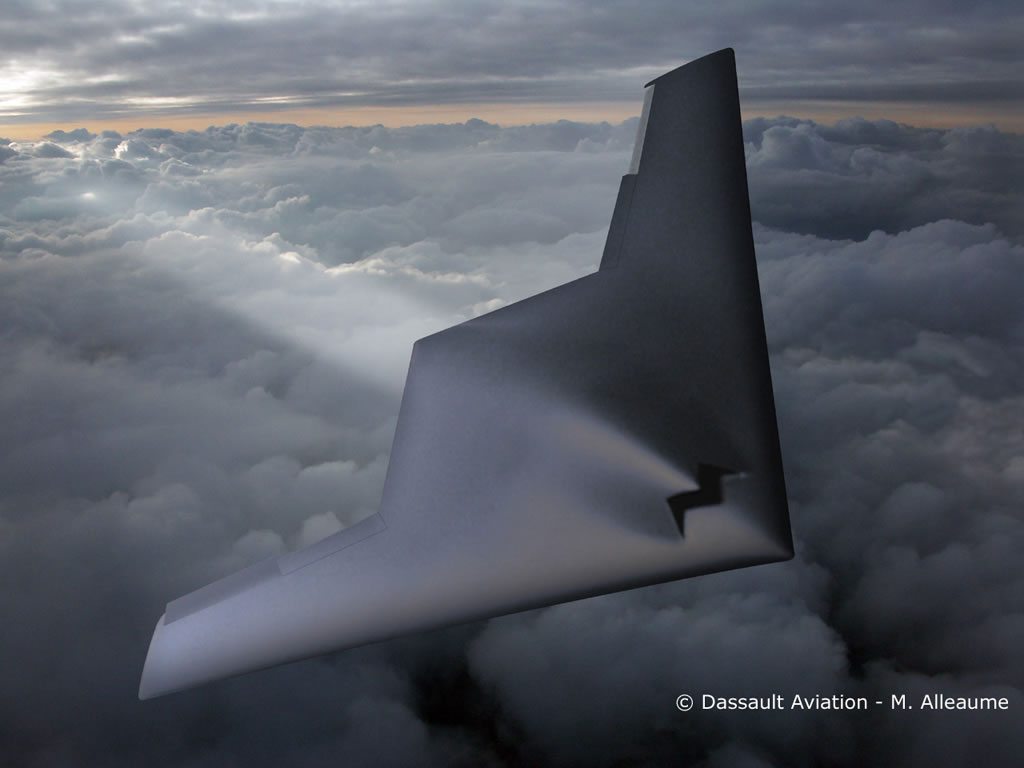The Army’s been focused on lightening the load carried by Soldiers for some time now, in both equipment and protective gear. The effort has benefited Soldiers in combat units — and it will benefit the female Soldiers who will join combat units in the future, Army leaders told congressmen.
“We approach the Soldier protection system from the level that we always want to find ways to improve its capability but also lighten the load — whether you are talking about the protective vest or you are talking about the helmet,” said Lt. Gen. Michael E. Williamson, the military deputy to the assistant secretary of the Army for acquisition, logistics and technology. “It has nothing to do with whether you are a male or female. We can’t burden our Soldiers with more weight.”
Both Williamson and Lt. Gen. John M. Murray, deputy chief of staff, Army G-8, testified, March 2, before the House Armed Services Committee, subcommittee on tactical air and land forces.
Williams told lawmakers the Army has also made “considerable progress” in development of Soldier protective gear and uniforms that fit all sizes and shapes of Soldiers, and that the effort was designed from the beginning to benefit Soldiers regardless of gender.
“We’ve added eight additional sizes, based on a better understanding of the stature [of Soldiers],” he said. “It’s not just being smaller, it’s [about] proportions. That’s why there are so many additional sizes. Anybody who has worn a piece of body armor knows it’s inconvenient enough without being able to appropriately size it.”
With new protective equipment, the Army has looked at the torso portion, which features hard armor, as well as the extremities protection, which features soft armor. Changes were made to be more form-fitting.
The Army’s procurement objective for more form-fitting body armor is about 7,200 sets, and so far about 5,500 such sets have been fielded, Murray said.
Murray also said that Army efforts to “lighten the load” extend beyond just body armor. Those efforts extend to all kinds of gear — including weapons systems. Army efforts also include development of systems to carry the heaviest of gear for Soldiers.
“There is a very conscientious effort, and we are making pretty good progress on lightening the launch unit for the Javelin, on lightening tripods for the machine guns, on lightening the machine guns themselves,” Murray said. He told lawmakers the Army is also working on development of “a robot that follows a squad that could take anywhere from 300-1,200 pounds off of an infantry squad … and carry the load for them, so they are not carrying that equipment.”
Such a system, he said, would act as a battery charger as well. And that means Soldiers would need to carry fewer batteries with them on the move.











